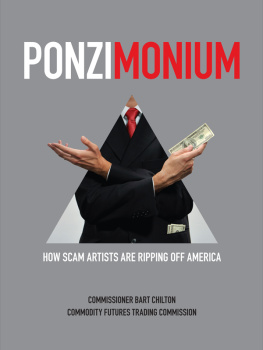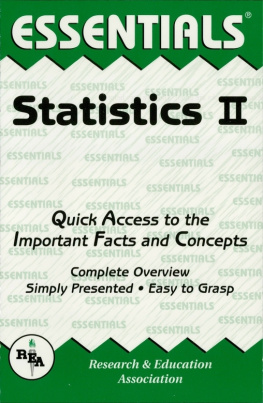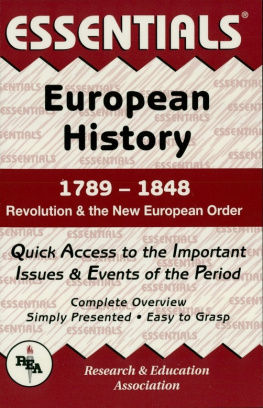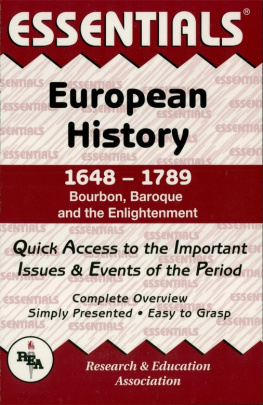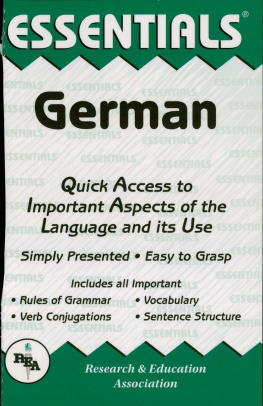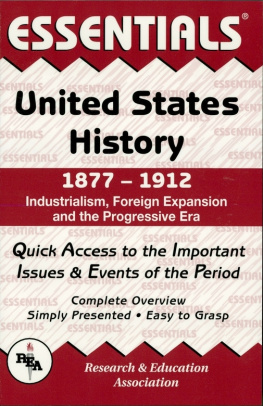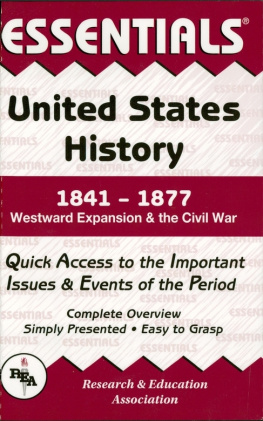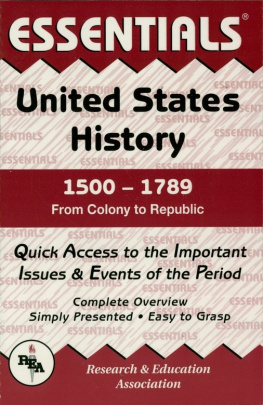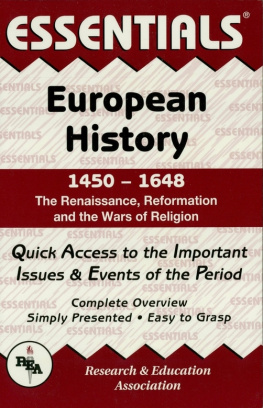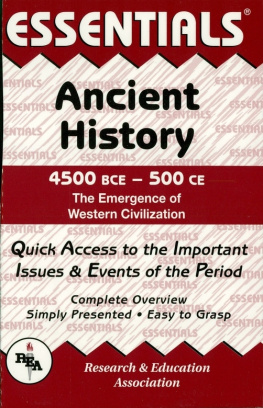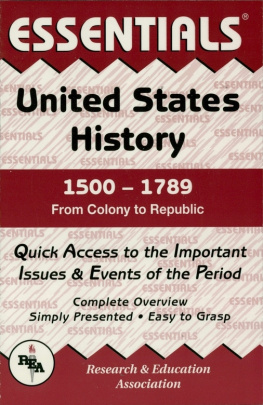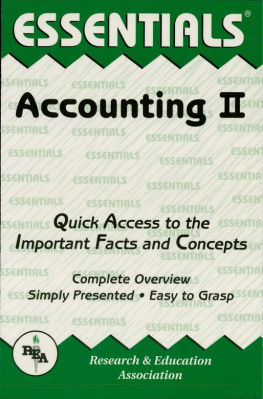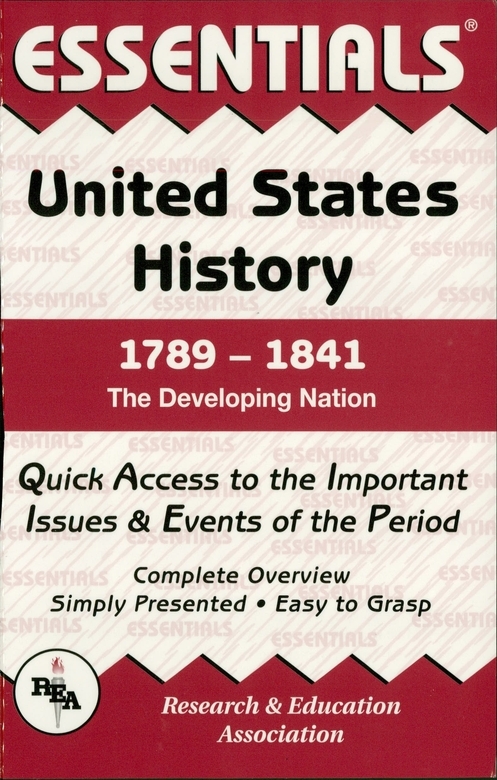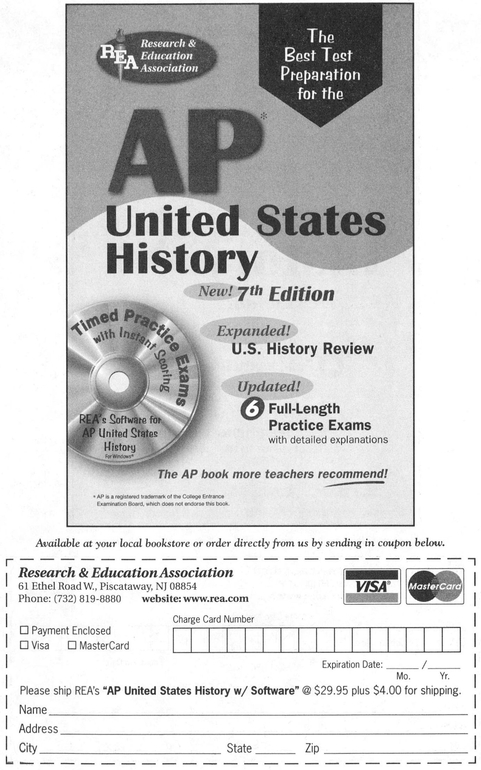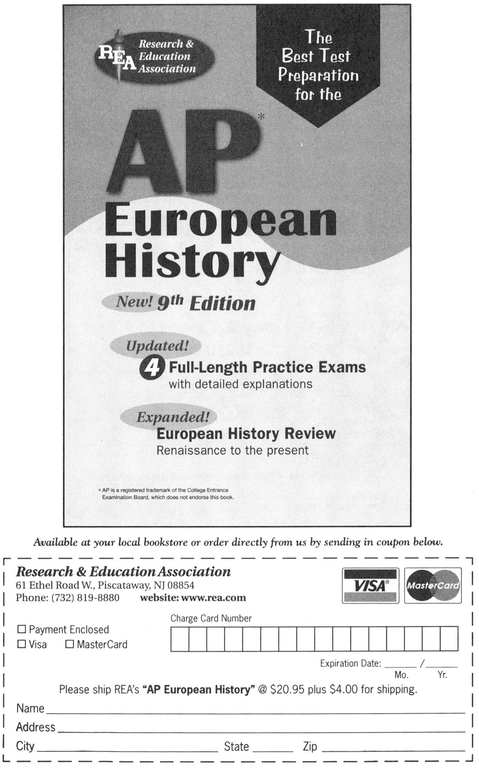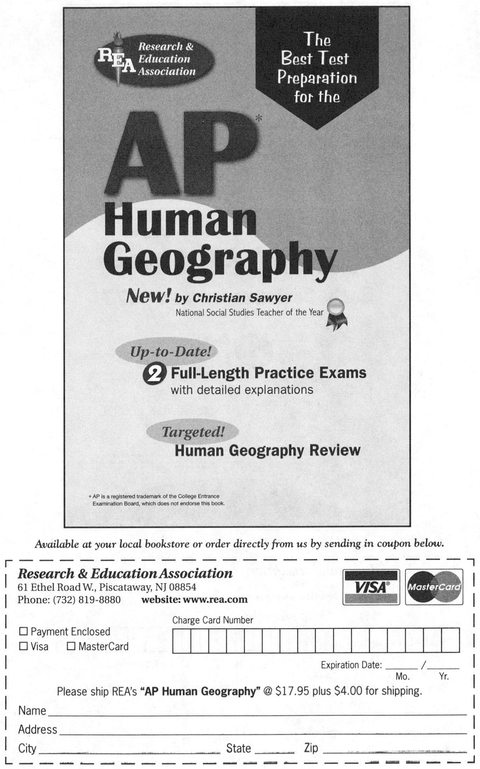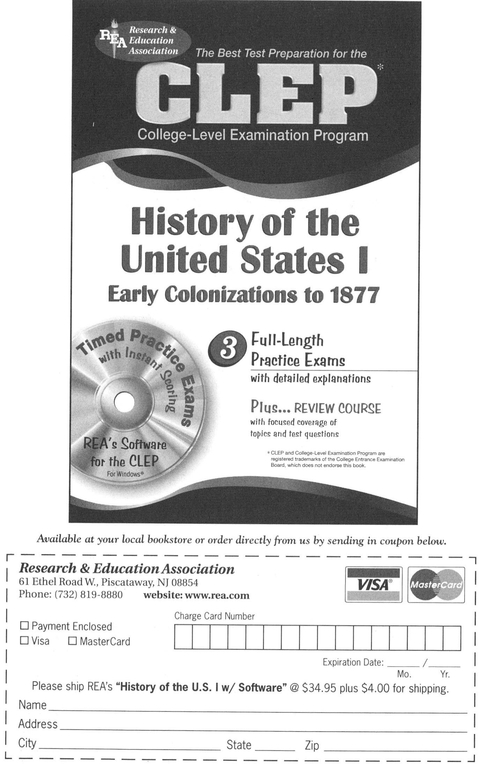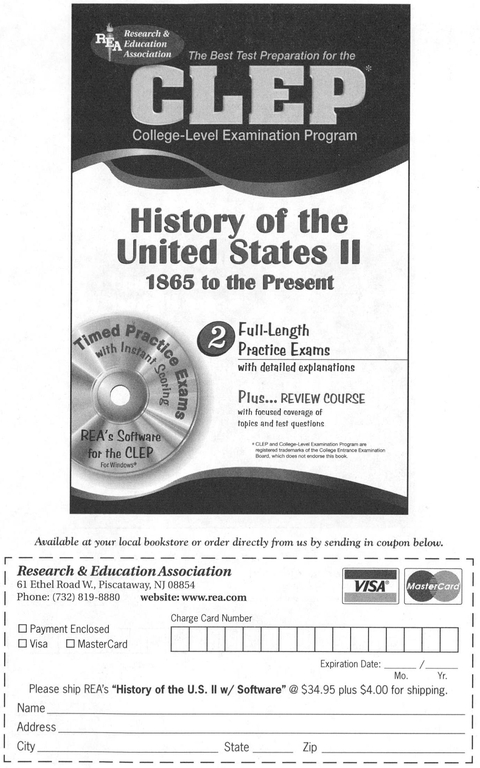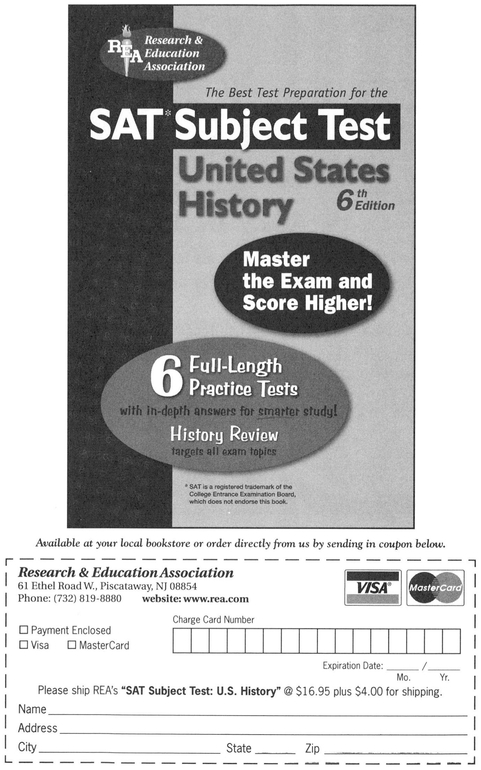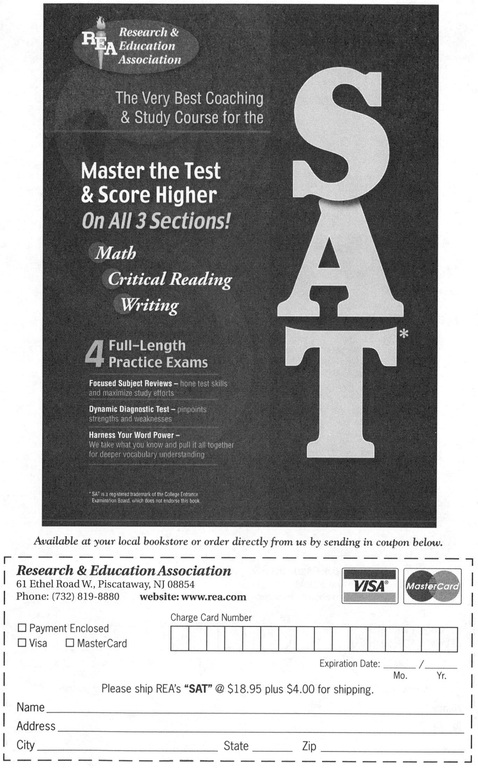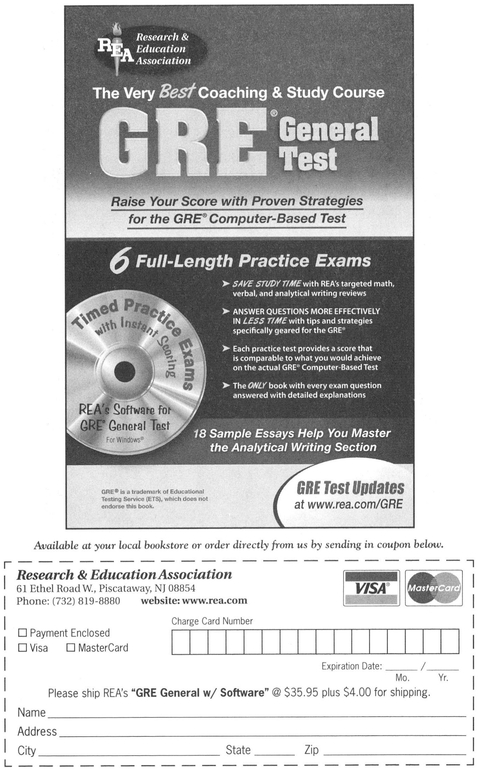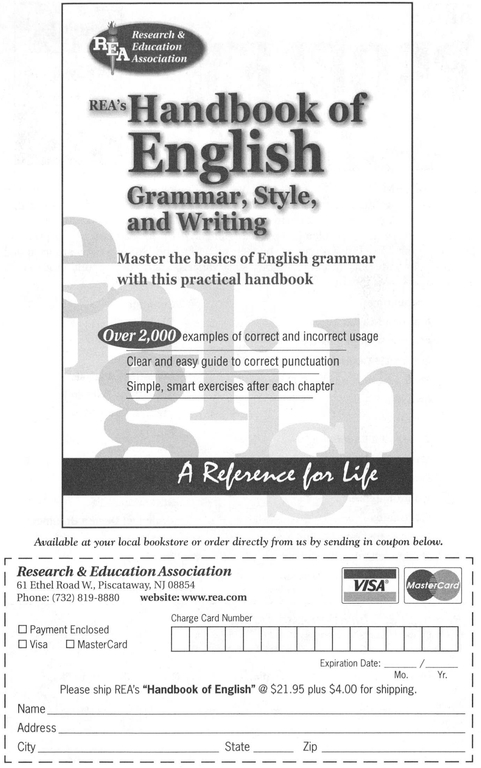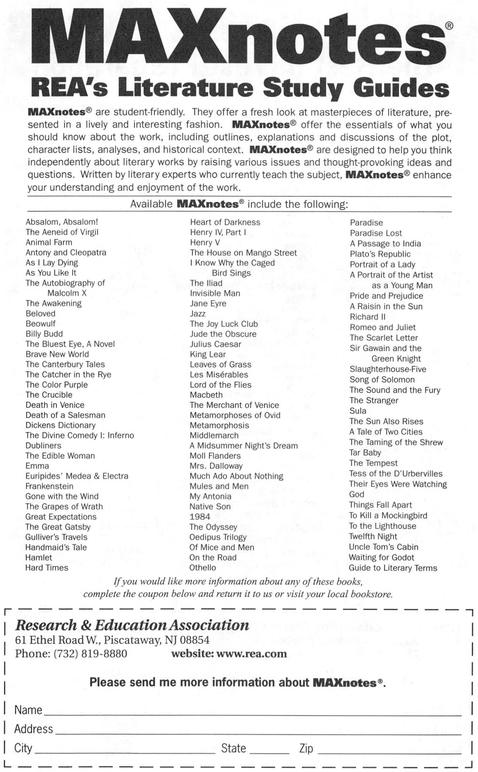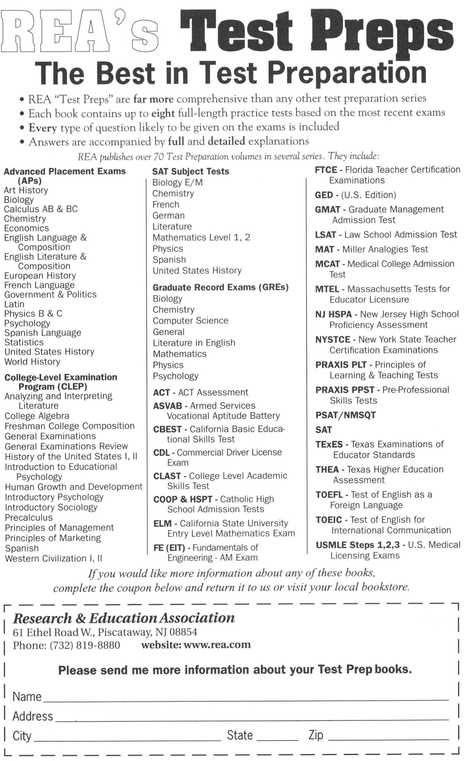About the Author
John F. Chilton holds numerous graduate-level degrees in social science education, American history, economics, psychology, and accounting; and is a specialist in the early history of the United States.
Among his professional memberships are the Organization of American Historians, the Southern Historical Society, the Tennessee Historical Society, the Georgia Historical Society, Phi Delta Kappa, the Society for History Education, and the National Council for the Social Studies. He has published numerous articles on the Holiness Movement, and is currently chairman of the Department of History and Social Science at Trevecca Nazarene College in Nashville, Tennessee.
These Little Books have rescued lots of grades and more!
(a sample of the hundreds of letters REA receives each year)
Your Essentials books are great! They are very helpful, and have upped my grade in every class. Thank you for such a great product.
Student, Seattle, WA
I recently purchased six titles from your history Essentials series and I find them to be excellent.
Student, Dublin, Ireland
Thank you for volumes I & II of The Essentials of Statistics. I am very pleased with these two little booklets.
Student, Portland, OR
The Essentials book always comes to the rescue.
Student, Norwood , MA
Ive had the pleasure of using your Essentials of Physics study guide books, and have found them to be very helpful.
Student, Minneapolis , MN
CHAPTER 1
THE FEDERALIST ERA
The results of the first elections held under the new Constitution made it clear that the fledgling government was going to be managed by those who had drawn up the document and by their supporters. Few Antifederalists were elected to Congress, and many of the new legislators had served as delegates to the Philadelphia Convention two years before. This Federalist majority immediately set about to draft legislation which would fill in the gaps left by the convention and to erect the structure of a strong central government.
1.1 THE NEW EXECUTIVE
There had never been any doubt as to who would be the first President. George Washington received virtually all the votes of the presidential electors, and John Adams received the next highest number, thus becoming the Vice President. After a triumphal journey from Mount Vernon, Washington was inaugurated in New York City, the temporary seat of government, on April 30, 1789.
1.2 CONGRESS ERECTS THE STRUCTURE OF GOVERNMENT
The new national legislature immediately acted to honor the Federalist pledge of a bill of rights made to those voters who had hesitated to ratify the new Constitution. Twelve amendments were drafted which embodied the guarantees of personal liberties, most of which had been traditionally enjoyed by English citizens. Ten of these were ratified by the states by the end of 1791, and they became our Bill of Rights. The first nine spelled out specific guarantees of personal freedoms, such as religion, speech, press, assembly, petition, and a speedy trial by ones peers, and the Tenth Amendment reserved to the states all those powers not specifically withheld, or granted to the federal government. This last was a concession to those who feared the potential of the central government to usurp the sovereignty of the individual states.
1.3 THE ESTABLISHMENT OF THE FEDERAL COURT SYSTEM
The Judiciary Act of 1789 provided for a Supreme Court, with six justices, and invested it with the power to rule on the constitutional validity of state laws. It was to be the interpreter of the supreme law of the land. A system of district courts was established to serve as courts of original jurisdiction, and three courts of appeal were also provided for.
1.4 THE ESTABLISHMENT OF THE EXECUTIVE DEPARTMENTS
The Constitution had not specified the names or number of the departments of the executive branch. Congress established three state, treasury, and war and also the offices of attorney-general and postmaster-general. President Washington immediately appointed Thomas Jefferson, Alexander Hamilton, and Henry Knox, respectively, to fill the executive posts, and Edmund Randolph became attorney general. These four men were called upon regularly by the president for advice, and they later formed the nucleus of what became known as the Cabinet, although no provision for such was made in the Constitution.
1.5 WASHINGTONS ADMINISTRATION, 1789 1797
1.5.1 Hamiltons Financial Program
Treasury Secretary Alexander Hamilton, in his Report on the Public Credit, proposed the funding of the national debt at face value, federal assumption of state debts, and the establishment of a national bank. In his Report on Manufactures, Hamilton proposed an extensive program for federal stimulation of industrial development, through subsidies and tax incentives. The money needed to fund these programs, proposed Hamilton, would come from an excise tax on distillers and from tariffs on imports.
1.5.2 Opposition to Hamiltons Program
Jefferson and others objected to the funding proposal because it obviously would benefit speculators who had bought up state and confederation obligations at depressed prices, and now would profit handsomely by their redemption at face value. The original purchasers, they claimed, should at least share in the windfall. They opposed the tax program because it would fall primarily on the small farmers. They saw Hamiltons entire program as enriching a small elite group at the expense of the more worthy common citizen.


